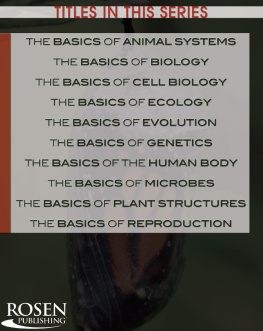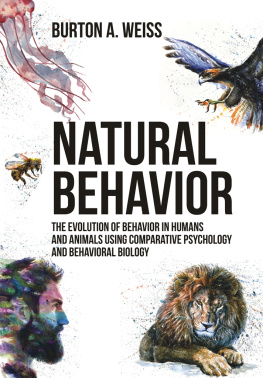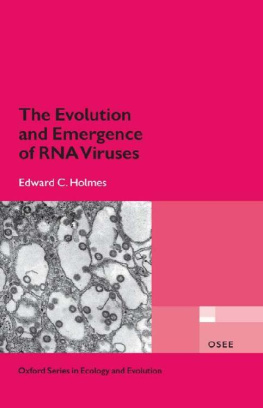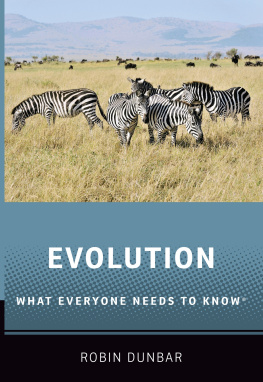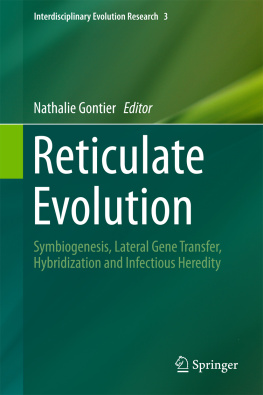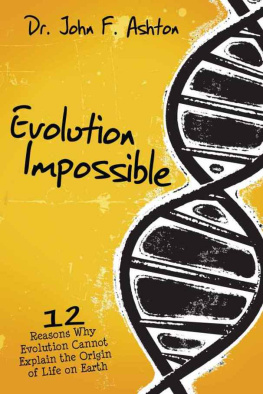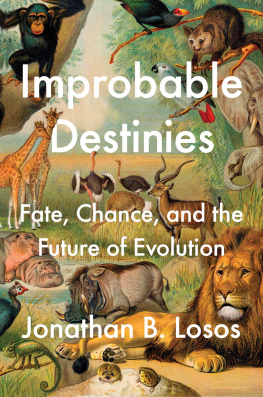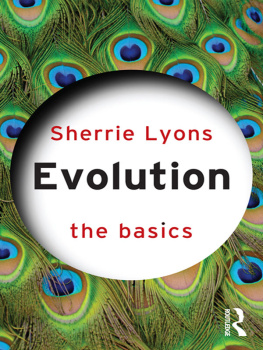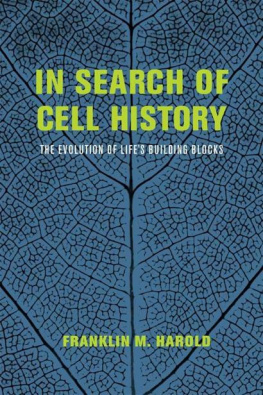The Logic of Chance:
The Nature and Origin of Biological Evolution
Eugene V. Koonin
Vice President, Publisher: Tim Moore
Associate Publisher and Director of Marketing: Amy Neidlinger
Acquisitions Editor: Kirk Jensen
Editorial Assistant: Pamela Boland
Senior Marketing Manager: Julie Phifer
Assistant Marketing Manager: Megan Colvin
Cover Designer: Alan Clements
Managing Editor: Kristy Hart
Project Editor: Betsy Harris
Copy Editor: Krista Hansing Editorial Services, Inc.
Proofreader: Kathy Ruiz
Indexer: Erika Millen
Senior Compositor: Gloria Schurick
Manufacturing Buyer: Dan Uhrig
2012 by Pearson Education, Inc.
Publishing as FT Press Science
Upper Saddle River, New Jersey 07458
FT Press offers excellent discounts on this book when ordered in quantity for bulk purchases or special sales. For more information, please contact U.S. Corporate and Government Sales, 1-800-382-3419, .
Company and product names mentioned herein are the trademarks or registered trademarks of their respective owners.
All rights reserved. No part of this book may be reproduced, in any form or by any means, without permission in writing from the publisher.
Printed in the United States of America
First Printing September 2011
Pearson Education LTD.
Pearson Education Australia PTY, Limited.
Pearson Education Singapore, Pte. Ltd.
Pearson Education Asia, Ltd.
Pearson Education Canada, Ltd.
Pearson Educacin de Mexico, S.A. de C.V.
Pearson EducationJapan
Pearson Education Malaysia, Pte. Ltd.
ISBN-10: 0-13-254249-8
ISBN-13: 978-0-13-254249-4
Library of Congress Cataloging-in-Publication Data
Koonin, Eugene V.
The logic of chance : the nature and origin of biological evolution / Eugene V. Koonin.1st ed.
p. cm.
Includes bibliographical references.
ISBN 978-0-13-254249-4 (hardback : alk. paper)
1. Evolutionary genetics. 2. Genomes. 3. Evolution (Biology) I. Title.
QH390.K66 2012
576.8dc23
2011013400
To my parents
Preface: Toward a postmodern synthesis of evolutionary biology
The title of this work alludes to four great books: Paul Austers novel The Music of Chance (). Each of these books, in its own way, addresses the same overarching subject: the interplay of randomness (chance) and regularity (necessity) in life and its evolution.
Only after this book was completed, at the final stage of editing, did I become aware of the fact that the phrase Logic of Chance has already been used in a book title by John Venn, an eminent Cambridge logician and philosopher who in 1866 published The Logic of Chance: An Essay on the Foundations and Province of the Theory of Probability. This work is considered to have laid the foundation of the frequency interpretation of probability, which remains the cornerstone of probability theory and statistics to this day (). He is obviously famous for the invention of the ubiquitous Venn diagrams. I am somewhat embarrassed that I was unaware of John Venns work when starting this book. On the other hand, I can hardly think of a more worthy predecessor.
My major incentive in writing this book is my belief that, 150 years after Darwin and 40 years after Monod, we now have at hand the data and the concepts to develop a deeper, more complex, and perhaps, more satisfactory understanding of this crucial relationship. I make the case that variously constrained randomness is at the very heart of the entire history of life.
The inspiration for this book has been manifold. The most straightforward incentive to write about the emerging new vision of evolution is the genomic revolution that started in the last decade of the twentieth century and continues to unfold. The opportunity to compare the complete genome sequences of thousands of organisms from all walks of life has qualitatively changed the landscape of evolutionary biology. Our inferences about extinct, ancestral life forms are not anymore the wild guesses they used to be (at least, for organisms with no fossil record). On the contrary, comparing genomes reveals numerous genes that are conserved in major groups of living beings (in some cases, even in all or most of them) and thus gives us a previously unimaginable wealth of information and confidence about the ancestral forms. For example, it is not much of an exaggeration to claim that we have an excellent idea of the core genetic makeup of the last common ancestor of all bacteria that probably lived more than 3.5 billion years ago. The more ancient ancestors are much murkier, but even for those, some features seem to be decipherable. The genomic revolution did more than simply allow credible reconstruction of the gene sets of ancestral life forms. Much more dramatically, it effectively overturned the central metaphor of evolutionary biology (and, arguably, of all biology), the Tree of Life (TOL), by showing that evolutionary trajectories of individual genes are irreconcilably different. Whether the TOL can or should be salvagedand, if so, in what formremains a matter of intense debate that is one of the important themes of this book.
Uprooting the TOL is part of what I consider to be a meta-revolution, a major change in the entire conceptual framework of biology. At the distinct risk of earning the ire of many for associating with a much-maligned cultural thread, I call this major change the transition to a postmodern view of life. Essentially, this signifies the plurality of pattern and process in evolution; the central role of contingency in the evolution of life forms (evolution as tinkering); and, more specifically, the demise of (pan)adaptationism as the paradigm of evolutionary biology. Our unfaltering admiration for Darwin notwithstanding, we must relegate the Victorian worldview (including its refurbished versions that flourished in the twentieth century) to the venerable museum halls where it belongs, and explore the consequences of the paradigm shift.
However, this overhaul of evolutionary biology has a crucial counterpoint. Comparative genomics and evolutionary systems biology (such as organism-wide comparative study of gene expression, protein abundance, and other molecular characteristics of the phenotype) have revealed several universal patterns that are conserved across the entire span of cellular life forms, from bacteria to mammals. The existence of such universal patterns suggests that relatively simple theoretical models akin to those employed in statistical physics might be able to explain important aspects of biological evolution; some models of this kind with considerable explanatory power already exist. The notorious physics envy that seems to afflict many biologists (myself included) might be soothed by recent and forthcoming theoretical developments. The complementary relationship between the universal trends and the contingency of the specific results of evolution appears central to biological evolutionand the current revolution in evolutionary biologyand this is another central theme of this book.
Another entry point into the sketch of a new evolutionary synthesis that I am trying to develop here is more specific and, in some ways, more personal. I earned my undergraduate and graduate degrees from Moscow State University (in what was then the USSR), in the field of molecular virology. My PhD project involved an experimental study of the replication of poliovirus and related viruses that have a tiny RNA molecule for their genome. I have never been particularly good with my hands, and the time and place were not the best for experimentation because even simple reagents and equipment were hard to obtain. So right after I completed my PhD project, a colleague, Alex Gorbalenya, and I started to veer into an alternative direction of research that, at the time, looked to many like no science at all. It was sequence gazingthat is, attempting to decipher the functions of proteins encoded in the genomes of small viruses (the only complete genomes available at the time) from the sequences of their building blocks, amino acids.


